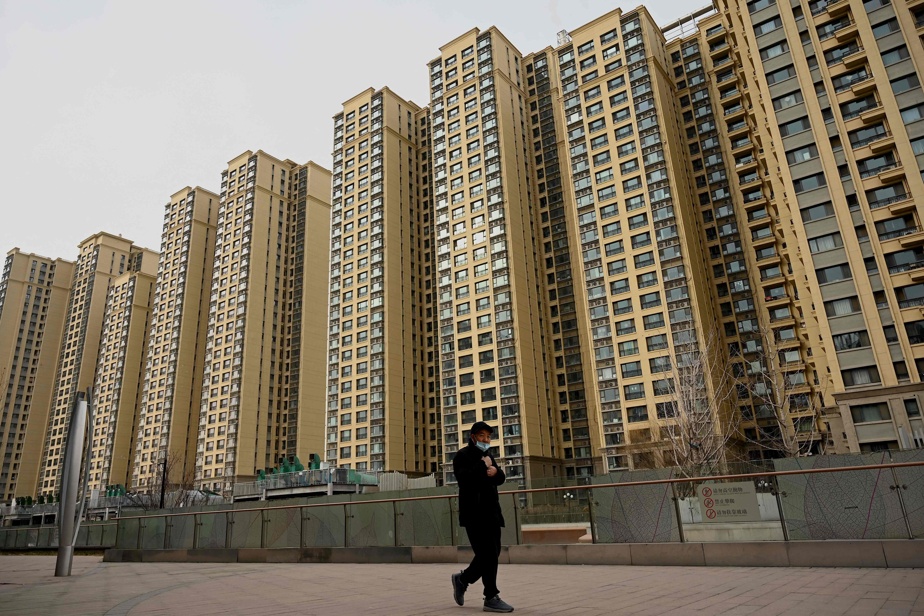(Beijing) China will unveil its growth figure for 2023 on Wednesday, which should be one of the weakest in three decades, against a backdrop of the real estate crisis, sluggish consumption and uncertainties which are penalizing activity.
A group of 10 experts interviewed by AFP expect on average an increase of 5.2% over one year in the gross domestic product (GDP) of the world’s second largest economy over the whole of 2023.
This would be its slowest pace since 1990 (3.9%), if we exclude the years of the pandemic during which activity in China was disrupted.
In 2022, China’s GDP grew by 3%, despite health restrictions against COVID-19 which weighed heavily on the economy.
These measures now lifted, Beijing had set itself growth of “around 5%” for 2023.
The return to normal life initially galvanized the recovery at the start of last year.
But the long-awaited rebound has run out of steam and is coming up against sluggish confidence among households and businesses, which is penalizing consumption.
An unprecedented real estate crisis, record youth unemployment and the global slowdown are also hampering the engines of Chinese growth.
Uneven recovery
“The main obstacle to recovery is real estate”, a sector which has long represented a quarter of China’s GDP, economist Jing Liu of HSBC bank told AFP.
Real estate has experienced dazzling growth for two decades, but the financial setbacks of emblematic groups (Evergrande, Country Garden, etc.) are now fueling buyer mistrust, against a backdrop of unfinished housing and falling prices per square meter.
The purchase of property has long been seen by the Chinese as a safe investment for savings. The drop in the price of stone is a hard blow to their wallet.
“Investment in real estate, house prices and sales of new homes are expected to continue to fall in 2024, before becoming a modest engine of growth again in 2025,” predicts Harry Murphy Cruise, economist for the rating agency Moody’s.
This crisis “and a sluggish job market are undermining consumer confidence,” underlines economist Helen Qiao, head of Asia for Bank of America.
In May, more than one in five young people aged 16-24 were unemployed, a record level, according to official figures whose monthly publication has since been suspended.
The uneven recovery in China has largely benefited services with the return of customers to restaurants, transport and tourist places.
But the level of spending is often lower than in 2019.
The automotive sector is driven by the wave of electrification which benefits local manufacturers, like BYD, which became in 4e quarter the world sales champion in this niche, ahead of the American Tesla.
Risks and diversification
Other areas, however, are struggling, notably industry, weakened by weak domestic demand as well as abroad.
China’s exports, historically a lever of growth, experienced their first decline last year since 2016, according to figures published Friday by Chinese Customs.
Geopolitical tensions with the United States and the desire of certain Western countries to reduce their dependence on China or to diversify their supply chains partly explain this decline.
“More (Western) companies are reducing or maintaining their investment levels in China” but are diversifying elsewhere, notes Teeuwe Mevissen, analyst at RaboBank.
For this reason among others, “China has experienced significant capital outflows”, which has repercussions on the economic activity of the Asian giant, he told AFP.
All the challenges cited above “will continue to weigh on us in 2024,” warns Mr. Mevissen.
This year, China is expected to see its GDP slow to 4.5%, according to World Bank forecasts.
The group of experts interviewed by AFP expects 4.7%. The government is due to announce the official target in March.
